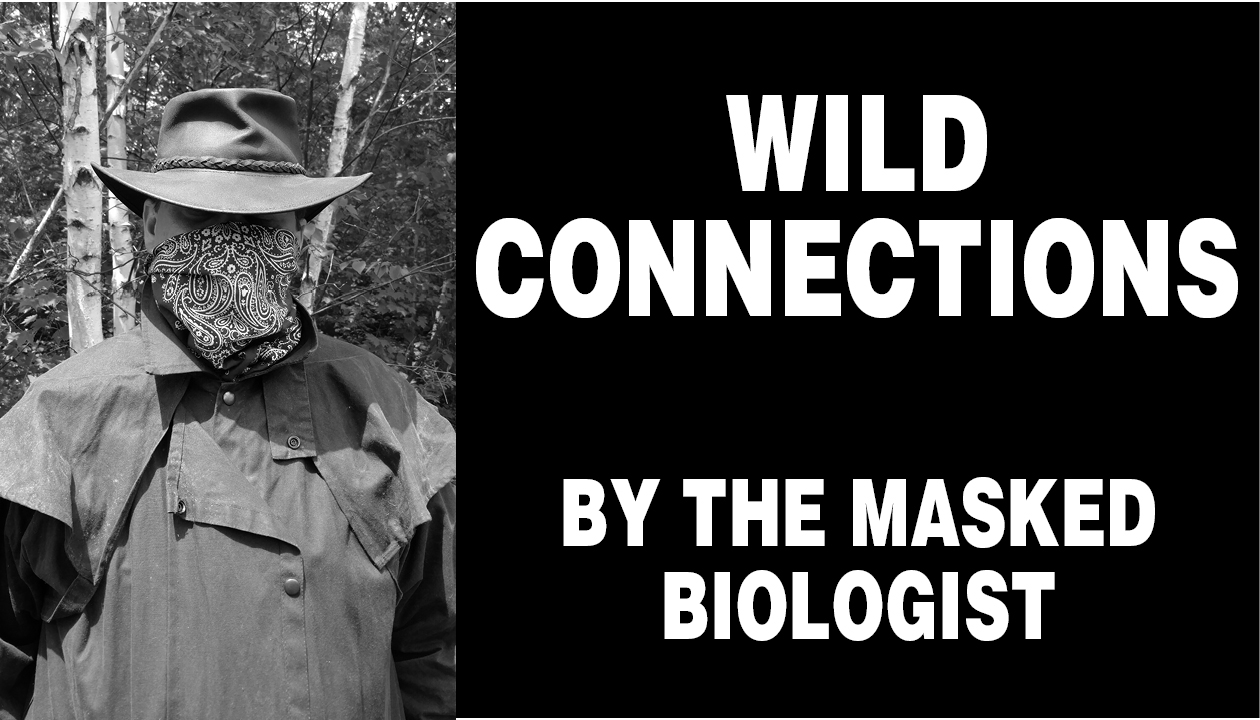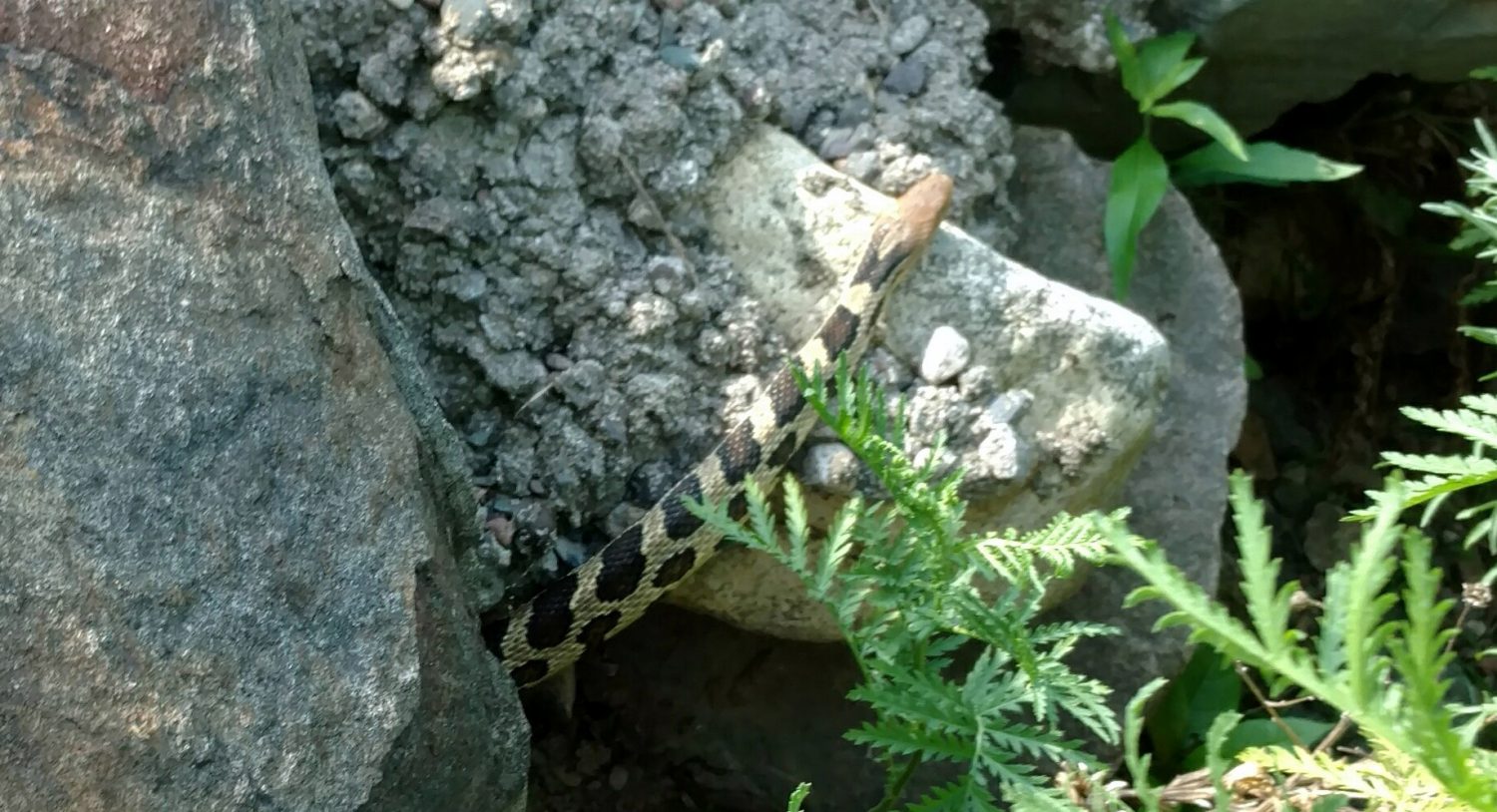A local furbearer’s connection to early European fashion

By the Masked Biologist
Special to the Star Journal
I decided to write one more article about wildlife management and a young nation to wrap up the month of July. Since I have been dealing with beavers a lot recently, I couldn’t help but think about how fur trapping and fur trading, notably including beavers, had a profound influence on the establishment of our country and our state.
The New World offered a seemingly endless abundance of furs to explorers, trappers and traders.
While skins of moose, muskrat, wolf and others were included, the most prized pelt from the mid-1500s into the mid-1800s was probably that of the beaver.
Animal skins were being harvested in North America and shipped overseas for a couple hundred years before the Revolution. Animal furs were used as currency by early settlers and pilgrims paying their way over here. In fact, until settlers and colonists were able to clear farmland, establish livestock, and bring over tradesmen and shopkeepers, sending furs overseas paid for necessities like tools, firearms and other manufactured goods. Along the Mississippi River valley, cities like Prairie du Chein, La Crosse, La Crescent and Trempealeau have their roots in French exploration and fur trade; cities like Green Bay along Wisconsin’s eastern coast did as well. In truth, any area that had navigable water routes to the Great Lakes or the East Coast was prized territory.
While skins of moose, muskrat, wolf and others were included, the most prized pelt from the mid-1500s into the mid-1800s was probably that of the beaver. Beaver was in short supply in Europe by the time explorers and trappers came here. When beavers were discovered here, their skins were gathered and shipped back overseas by the boatload as an excellent material for hat making. That’s right, what helped pay the pilgrim’s way, and funded early colonists, was headwear fashion.
As a kid growing up in Wisconsin, I had heard about fur trappers and explorers seeking the Indian tribes who would trade them animal skins for items like knives and guns. I knew that hats were made from beaver skins, but I didn’t really understand how. To understand the hat, you need to understand the fur. Furbearers have follicles on their skin that are able to grow multiple hairs. They have a dense layer of shorter, fluffier hairs called underfur, and longer, coarser hairs called guard hairs. The guard hairs help keep rain and snow away from the skin and the underfur provides warmth. This is why animal furs are so prized for coats and hats – they are a 100-percent natural source of warmth and protection from the elements.
Hats aren’t made from the entire beaver pelt, though. The underfur is removed from the skin and made into felt. The felt is lightweight and waterproof, and can be made into a multitude of shapes. That is why beaver were a huge commodity for three hundred years in early America. Odds are, if you were wearing a quality hat, it was made of beaver felt. When you see pictures of Ben Franklin flying his kite in the rain—that was probably a beaver felt hat he wore. Paul Revere making his famous ride, George Washington crossing the Delaware in the bow of a boat—those were probably all beaver-felt hats. Men like those were statesmen, early Loyalists, and businessmen, the men of stature that would be wearing beaver felt hats. Colonists didn’t corner the market on felt hats, though. Beaver felt hats were also common for commissioned officers of the British army and navy. Today, beaver felt is still used, to a far lesser extent, to make men’s hats known as Stetsons.
While hat fashions have changed, beaver still remain a valuable species for trappers, but their value is far lower as fur products have generally fallen out of favor for fashion or protection from the elements. However, these explorers, voyageurs, and trappers helped develop business, industry, and trade routes. This helped the early residents of Wisconsin carve out a living raising livestock, crops, and harvesting timber – all of which are still important to Wisconsin’s economy today.
The Masked Biologist earned a Bachelor of Science degree from a university with a highly regarded wildlife biology program. His work in natural resource agencies across the country provided opportunities to gain experience with a variety of common and rare fish, plant and wildlife species. Follow The Masked Biologist on Facebook. Email questions to [email protected].
Leave a reply
You must be logged in to post a comment.


